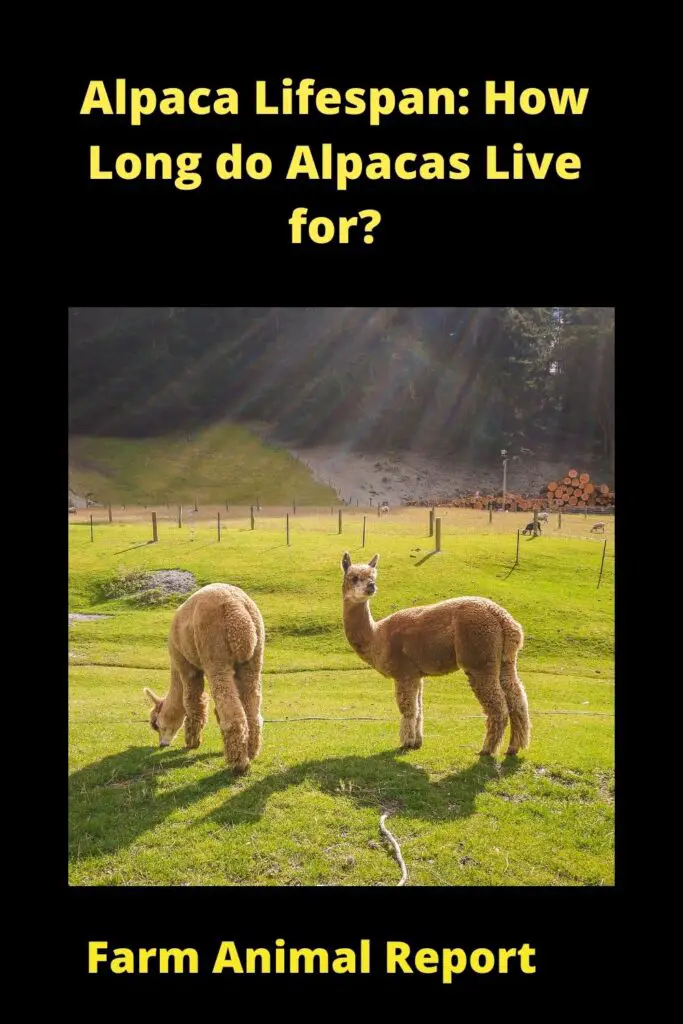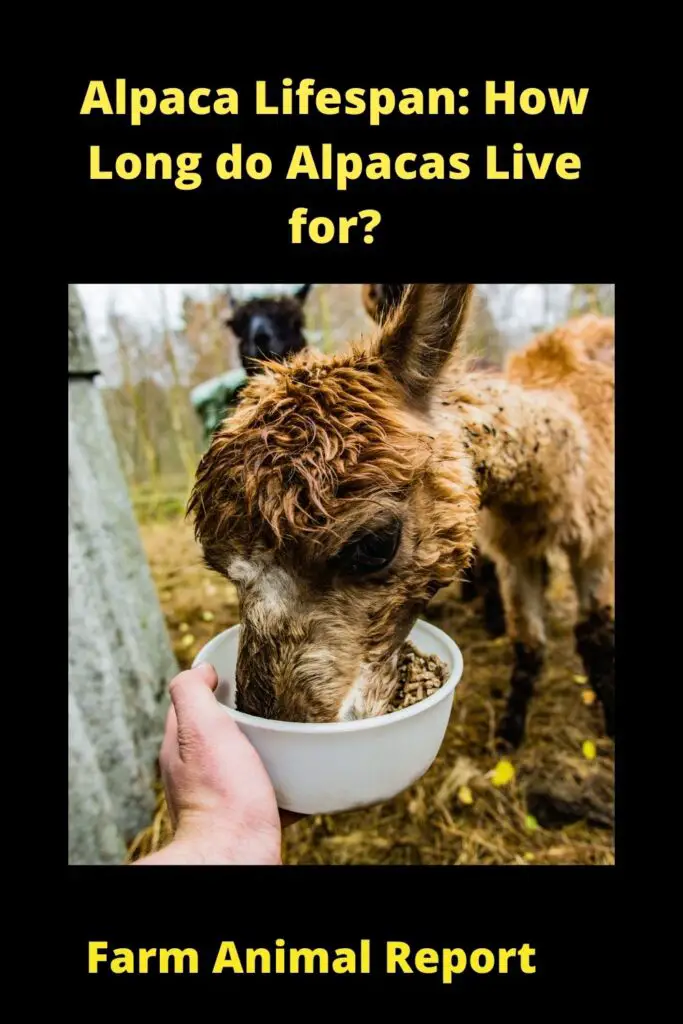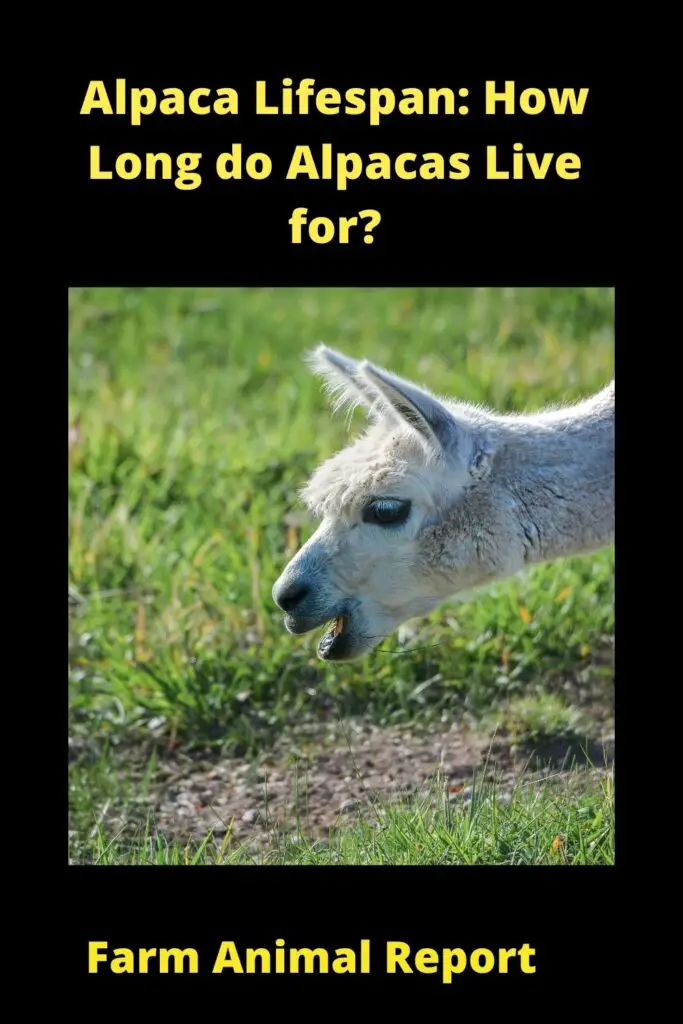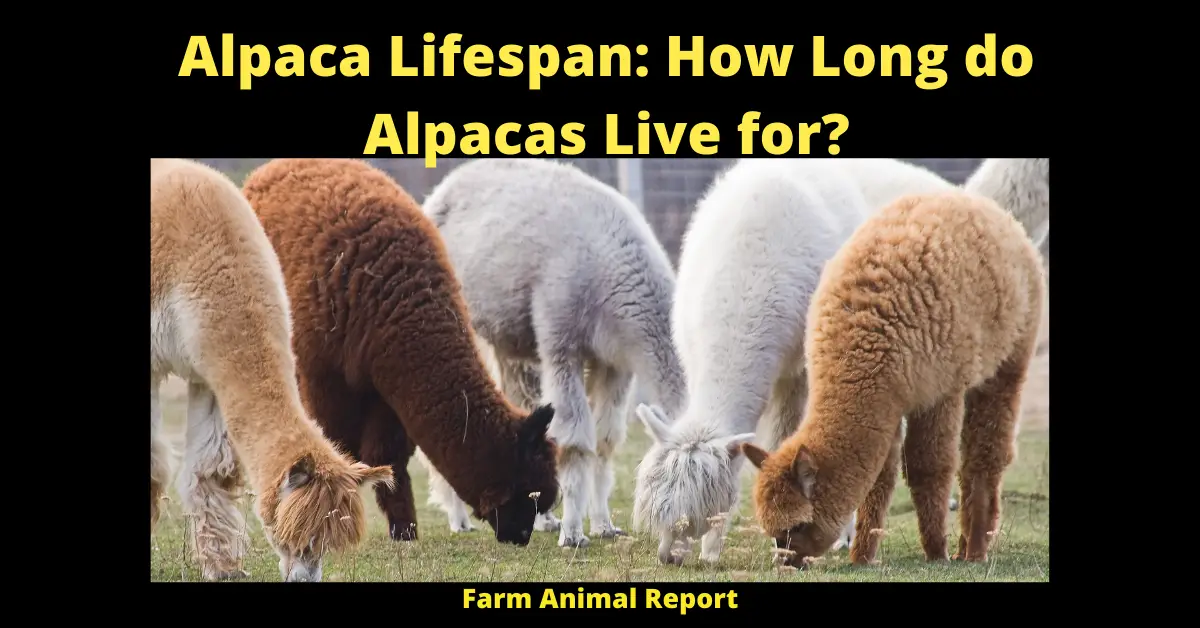Alpaca Life Expectancy – As a General Rule Alpaca lifespan can vary, but typically alpacas live for about 15-20 years. Alpaca longevity is determined by many factors including genetics, diet, and environment. Alpacas may also be susceptible to parasites or other illnesses that could shorten their lives.
Alpaca Life Expectancy | Lifespan of an Alpaca
Alpaca Lifespan Alpacas are often used as livestock animals on farms around the world. Alpaca lifespan can vary, but typically alpacas live for about 15-20 years. Alpaca longevity is determined by many factors including genetics, diet, and environment. . Alpacas are social creatures who need to be kept in herds with others of their kind; this can contribute to an early death because not being able to socialize with other alpacas leads them to become isolated and unhappy. Lifespan of an Alpaca
Things That will Lengthen Your Alpacas Lifespan ( 15 – 20 Yrs ) (Alpaca Live)
- Proper Nutrition
- Fresh Water
- Proper vaccinations
- Parasite Control
- Proper Shearing
- Proper Teeth and Hoof Maintenance
Alpacas are social herd animals and live in packs with others of their kind. (Llamas)
Alpacas are susceptible to parasites and diseases that shorten their lives. Alpaca lifespan varies, but typically they live for about 15-20 years. Alpaca’s longevity is determined by many factors including genetics, diet, and environment. Alpacas may also be susceptible to parasites or other illnesses that could shorten their lives. Alpacas are social creatures who need to be kept in herds with others of their kind; this can contribute to an early death because not being able to socialize with other alpacas leads them to become isolated and unhappy.

They can be found on the eastern slopes of the Andes mountains, mainly in Peru and Bolivia,
as well as in the highlands of Ecuador, northern Argentina, and southern Colombia. Alpacas are social herd animals that typically live for 15-20 years. Alpacas in the wild sometimes have shorter lifespans because they are exposed to predators.
18 ways Alpaca Farmers make Money
Alpaca Size
Alpacas can grow up to 4 feet tall at their shoulders with a length of 6-7 feet from head to tail.
Alpacas weigh between 150-200 pounds or 70 to 90 kilograms.
Check Out Amazon’s Educational Resources for Raising Alpacas
Alpacas are one of the smallest species within the camelid family, which also includes llamas and camels. Alpacas have been domesticated for thousands of years in South America where they were used as pack animals by people living at high altitudes. Alpacas have been exported from their native home in South America to the United States and other countries all over the world, where they are valued for fleece production rather than as pack animals.
The alpaca lifespan can last up to 20 years or more depending on how well you take care of it.
Alpacas are gentle, elegant camelids that have been domesticated throughout the Andean region for thousands of years. Alpacas can be found in many aspects of society today including as pets and livestock.
Alpacas grow to a height between four feet (120 centimeters) and a little over five feet (150 centimeters).
Alpacas have been domesticated for about 5000 years, primarily as pack of animals to carry various items. Alpaca lifespan Alpacas are gentle animals who don’t spit or kick when they feel threatened. Alpacas can be easily tamed and are often used as pets today.
Alpacas have been bred in captivity to produce a much greater yield of fiber than is possible with the original, wild species. Alpaca lifespan Alpacas can be shorn every three years; their average fiber length is about 12 inches (300 millimeters) Alpaca lifespan Alpacas are both pack animals and livestock. Alpacas have been bred to produce a greater yield of fiber than is possible with the original, wild species.
The lifespan for an alpaca is 15-20 years, but they may also die prematurely due to accidents or disease
Some of the things that can shorten the Alpaca lifespan are accidents and disease.

In-Proper Nutrition
A well-balanced diet is critical for alpacas to stay healthy. Each group of animals should have access to a constant supply of feed and water throughout the year, with supplemental hay available in winter months when pasture grasses are dormant. Grass hays provide energy for working muscles, while legume hays also contain protein for growth and maintenance.
Good nutrition has a direct impact on an alpaca’s health, overall well-being, and reproductive success. An optimal diet includes grass hays (such as timothy or coastal), legume hay (alfalfa), and energy/grain supplements in the ration to meet nutritional requirements for growth, gestation/breeding, lactation, and maintenance.
Fresh Water
It is amazing how many diseases and health problems can be avoided by giving your Alpacas Fresh Clean Water
Alpacas have a limited sense of thirst and will eat snow to meet their water requirements. Providing fresh, clean water is critical for the health and productivity of alpacas in all seasons. The drinking area should be kept free from manure build-up and spilled feed around troughs. It’s also important to use nipples (also called “water keys”) that can be easily cleaned and disinfected.
Nipples also help to maintain water quality by preventing stagnation in the watering tub or tank. Change out dirty, greenish-tinted water every day, especially during wet weather when algae growth is likely.
Alpacas need a constant supply of feed and clean drinking water throughout the year. Grass hays provide energy for working muscles, while legume hay also contains protein for growth and maintenance. An optimal diet includes grass hays (such as timothy or coastal), legume hay (alfalfa), and energy/grain supplements in the ration to meet nutritional requirements for all stages of alpaca life: growth, gestation/breeding, lactation, and maintenance.
Proper vaccinations
Proper vaccinations help protect alpacas from infectious diseases and parasites, including:
-Erysipelas (staphylococcus) -Clostridium perfringens types C & D, Type B tetanus -Llamydia psittaci or Chlamydia (psittacosis) -Rabies
Alpacas should receive yearly vaccinations against these infections, along with boosters and fecal exams. Ask your veterinarian how much vaccine to inject based on an animal’s weight. Vaccinations take time so be sure to start this process early in the fall before the heavy fly activity begins.
Parasite Control
Alpacas are susceptible to common parasites, including
roundworm and lice. Parasite control begins with good farm management practices to protect alpacas from exposure. Alpaca owners should establish a routine of worming their herd every three months, or as directed by their veterinarian. Providing clean hay will help prevent parasites that are passed through feces in the pasture environment.
Proper Shearing
Proper shearing of Alpacas include all of the following:
– Get rid of all old fleece before new growth comes in.
– Shearing should be done every year, to prevent overgrown and tangled coats which can lead to health problems.
– It is important for shearers to take care not to nick or cut skin while shaving Alpaca fleece off.
– If Alpacas are not sheared, they can develop fungus and matted hair which leads to more serious health problems.
– When new fleece grows in, it is a creamy color but after time becomes the same as adult fleeces.
– Make sure that when you hire a professional for your yearly shearing that they are experienced.

Proper Teeth and Hoof Maintenance
Alpacas need to have their teeth checked by a veterinarian regularly, just like horses. This is because the fermentation of food in the three-compartment stomach creates a gas that floats up and causes tooth wear. The upper incisors should be “open”, meaning that they do not touch each other when chewing on hay or grasses. If there are problems with the teeth (such as overgrowth or sunken areas), the alpaca may not be able to eat enough food and will become thin. If you notice that an alpacas teeth are misaligned, this could cause problems chewing hay which can lead to malnutrition.
Alpacas have two toes on their front feet and three toes on their back legs. These toes grow continually and need to be trimmed about every six weeks. In the Andes Mountains of South America, these feet provide an advantage in walking on rocky terrain where there are few flat surfaces for resting or standing. When alpacas walk normally, their back footsteps down onto a toe first (similarly to a horse), but the back toe is the one in the middle, not on the outside. When alpacas run from predators they will need to pick up speed quickly and so their natural instinct is to have all four feet off of the ground at once (similarly to a cat). In this case, both front toes step down first before landing again.
Other Important Tags
- alpaca farms alpacas
- alpacas alpaca fiber
- alpaca research alpacas
- alpaca show aoa
- national alpaca show
- national alpaca show
- national alpaca farm
- alpaca owners association
- alpaca award winners
Final Thoughts
For Your Alpaca to Live a Long and Healthy Life, good Alpaca Husbandry will be essential to maximize it





